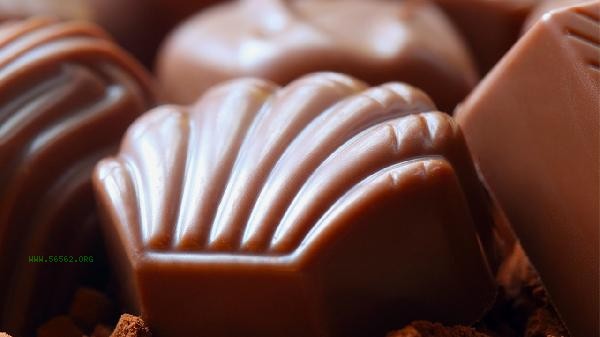Eating a small amount of Dove chocolate during weight loss will not directly lead to weight gain, but the intake and frequency should be strictly controlled. The key factors affecting weight include daily total calorie intake, chocolate sugar content, exercise expenditure, basal metabolic rate, and the choice of alternative snacks.

1. Calorie control:
Each 100 grams of Dove milk chocolate contains about 550 calories, which is equivalent to a quarter of the daily calorie demand of adults. During the weight loss period, it is recommended to consume no more than 15 grams or about 1/4 of the food at a time, and the corresponding calories should be deducted from the daily diet. You can choose to package small-sized products to avoid excess.
2. Sugar Influence:
Commercial chocolate commonly contains white sugar and lactose, with a sugar content of over 50 grams per 100 grams. High sugar intake stimulates insulin secretion and promotes fat synthesis. It is recommended to choose dark chocolate varieties with a cocoa content of over 70%, which usually reduces the added sugar by 30% -50%.
3. Exercise consumption:

After consuming chocolate, it is recommended to increase exercise compensation. It takes 20 minutes of brisk walking or 10 minutes of skipping rope to consume 15 grams of chocolate calories. Exercise can improve insulin sensitivity and reduce the conversion of sugar to fat. The best consumption time is to replenish energy 30 minutes before exercise.
4. Metabolic Differences:
Women with a higher basal metabolic rate can burn chocolate calories faster, while those with a resting metabolic rate below 1200 calories per day need to be more cautious. The caffeine and theobromine in chocolate can temporarily increase the metabolic rate by 3% -5%, but the duration does not exceed 2 hours.
5. Alternative options:
High sugar products can be replaced with sugar free chocolate, cocoa powder mixed with yogurt, or nut chocolate. Dark chocolate paired with strawberries or bananas can satisfy sweet cravings and increase dietary fiber intake. Avoid consuming high sugar foods such as sugary drinks and cakes together.

Chocolate is not completely banned during weight loss, the key is to establish a scientific dietary management strategy. It is recommended to include chocolate within 10% of the total carbohydrate intake throughout the day and prioritize consumption in the morning or before and after exercise. Paired with whole grains rich in dietary fiber and high-quality protein foods, it can slow down the absorption of sugar. Regularly monitoring changes in body fat percentage is more meaningful than simply focusing on weight, and occasionally enjoying the pleasure of chocolate can actually help to adhere to a healthy eating plan in the long run. If there is a strong desire for sweets, it may indicate a lack of protein or trace elements in the diet, and it is necessary to adjust the dietary structure in a timely manner.



Comments (0)
Leave a Comment
No comments yet
Be the first to share your thoughts!